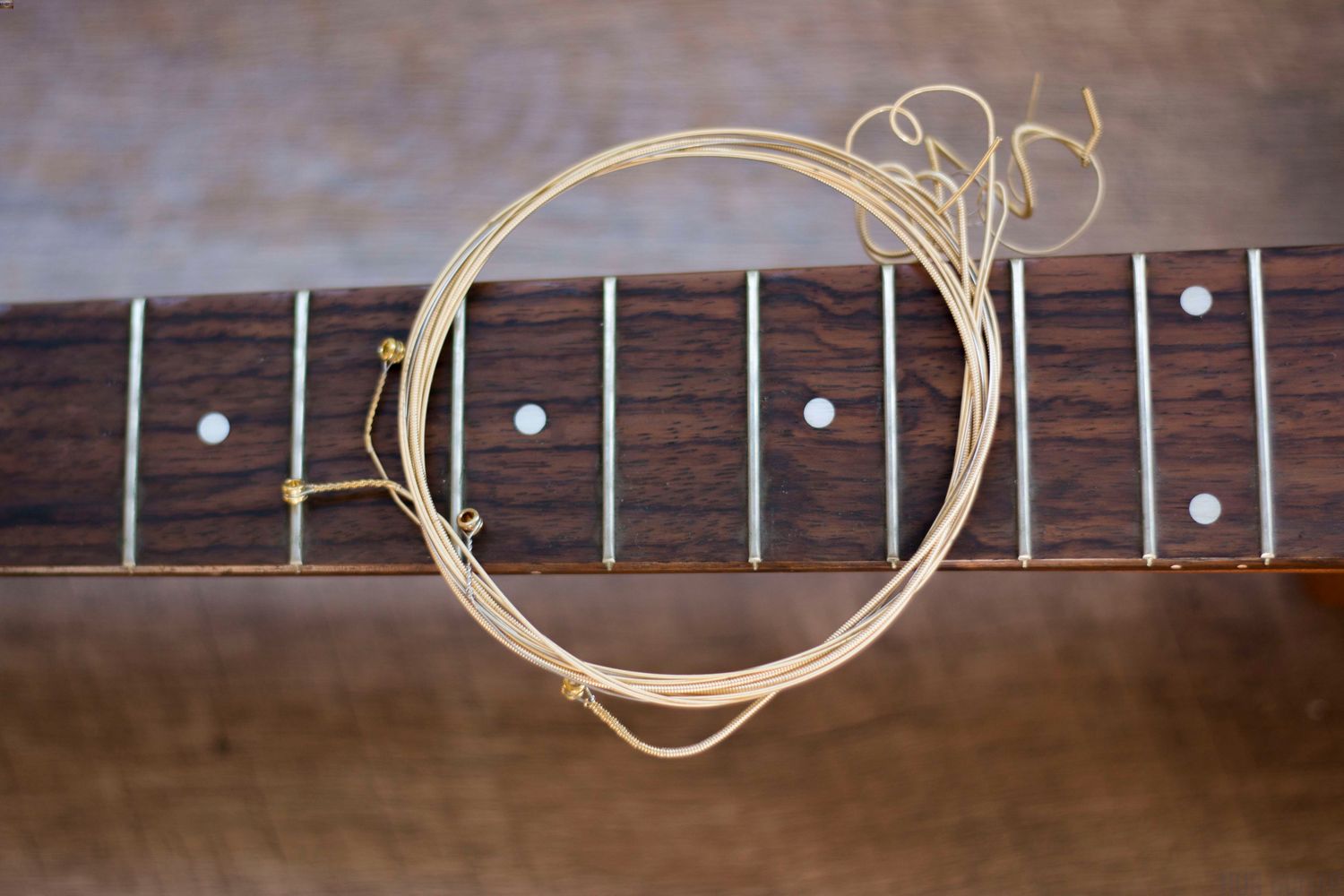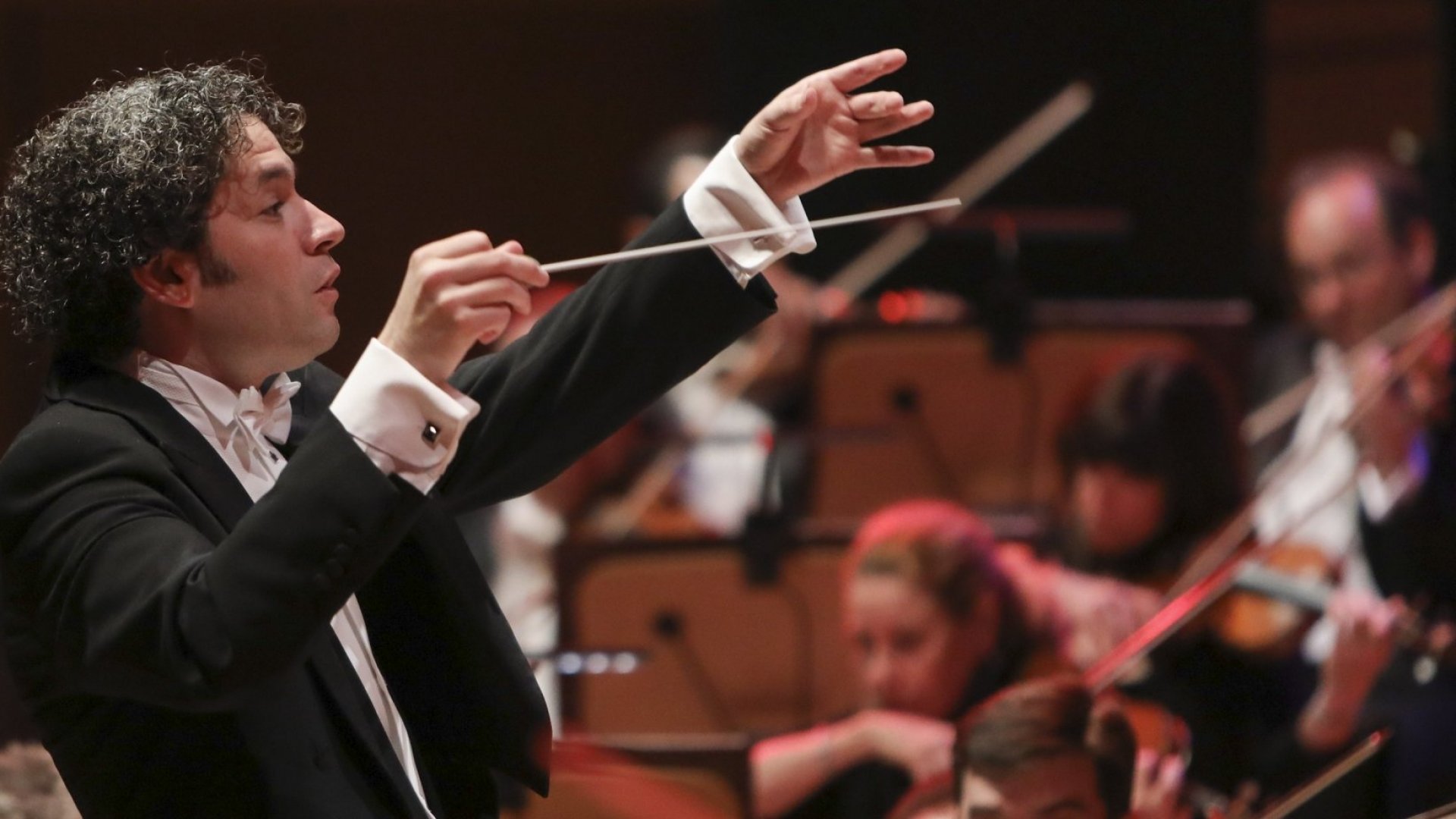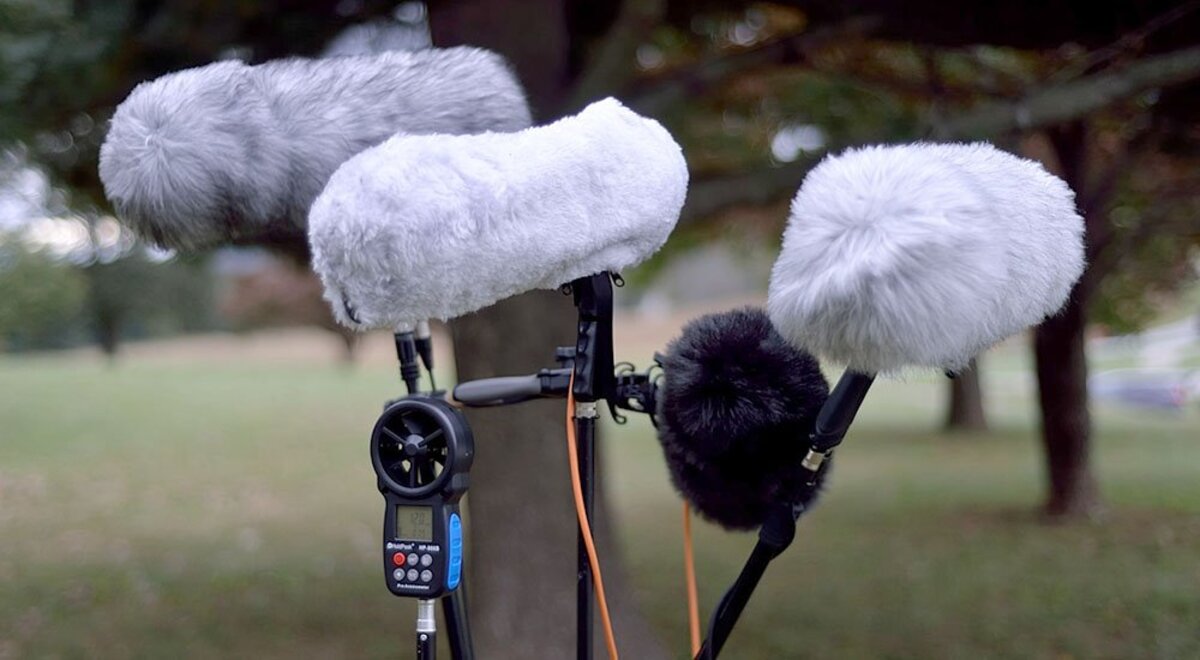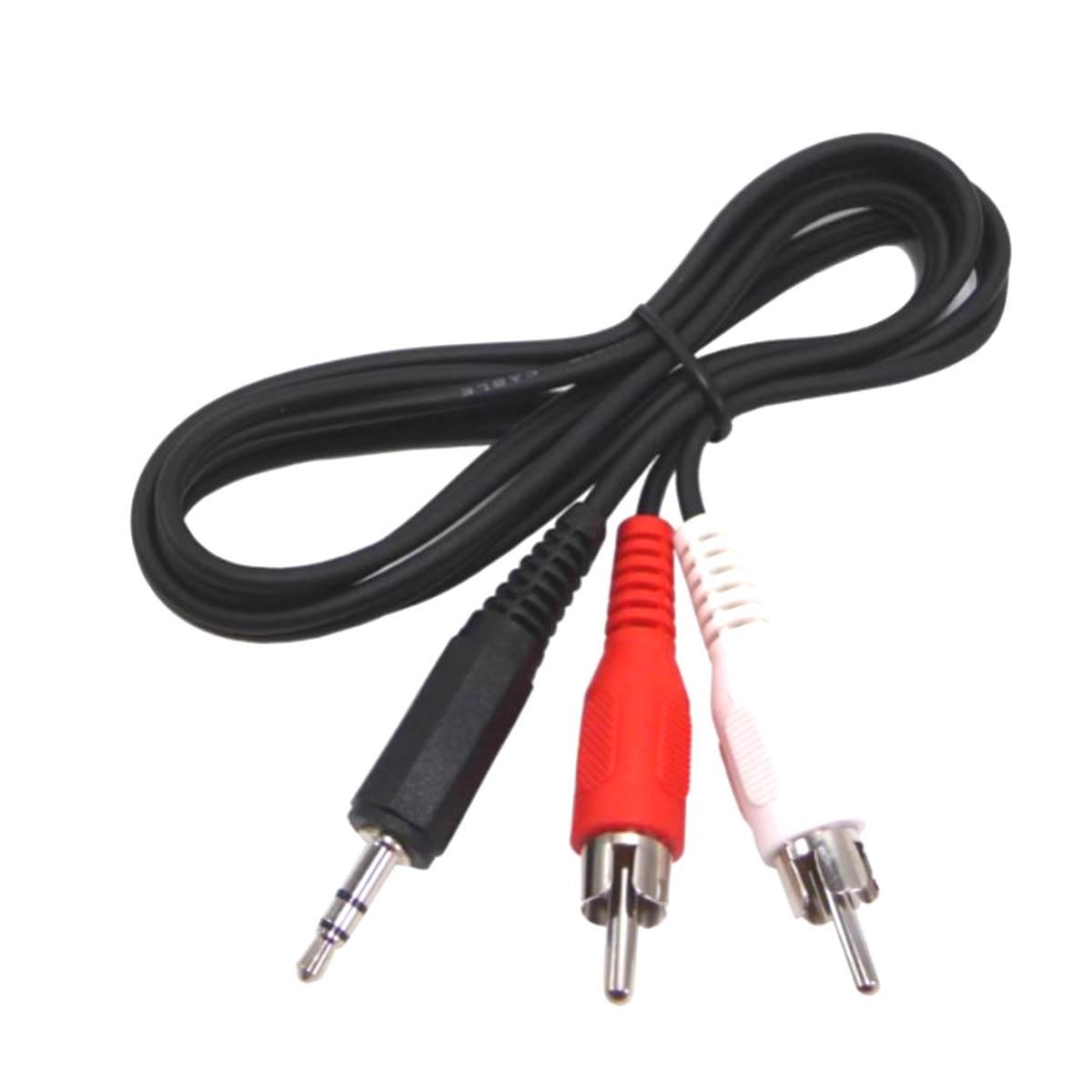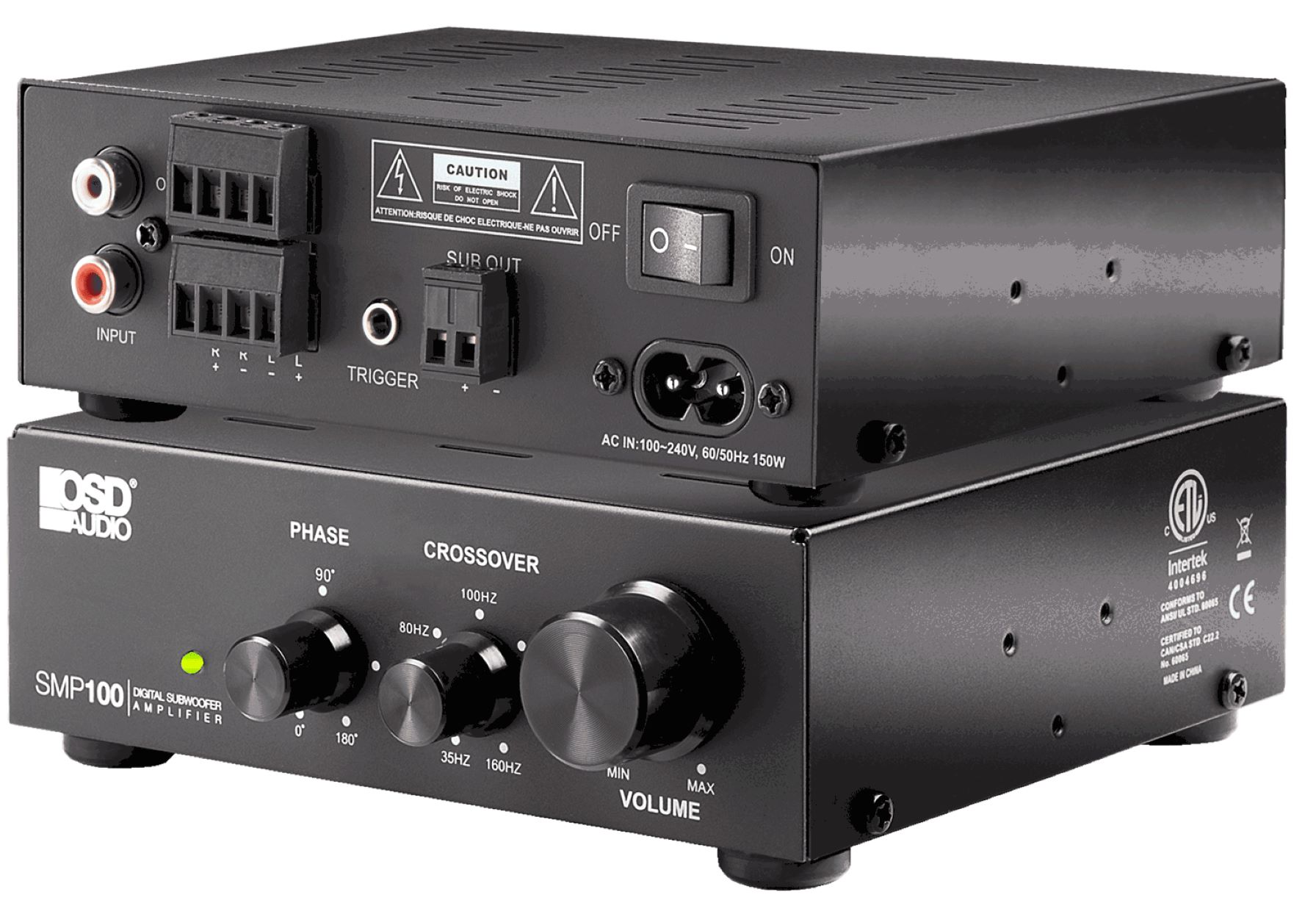Home>Instruments>Guitar>What Does A Capo Do On Guitar
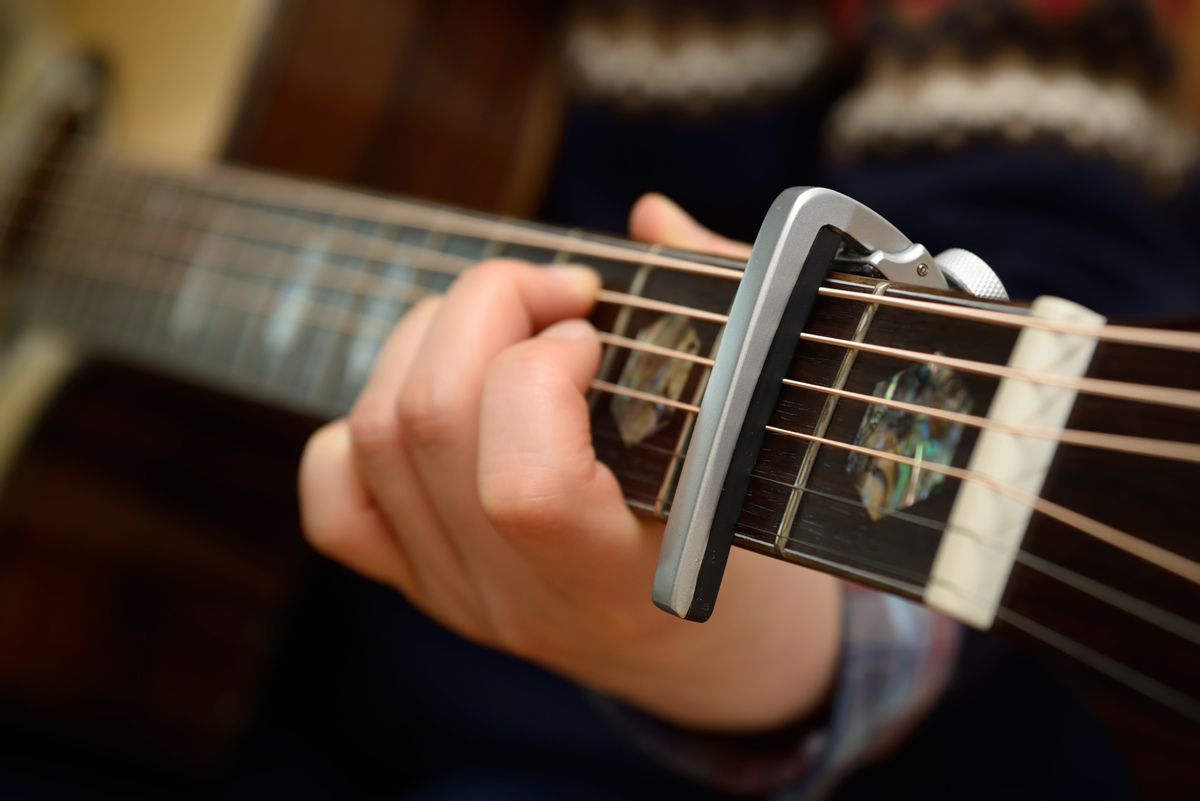

Guitar
What Does A Capo Do On Guitar
Published: February 15, 2024
Discover how to use a guitar capo and its impact on playing different chords and keys. Learn how to enhance your guitar skills with a capo.
(Many of the links in this article redirect to a specific reviewed product. Your purchase of these products through affiliate links helps to generate commission for AudioLover.com, at no extra cost. Learn more)
Table of Contents
Introduction
Playing the guitar is an incredibly versatile and rewarding experience. Whether you’re strumming chords, picking melodies, or improvising solos, the guitar offers a vast array of sounds and styles. One tool that adds even more flexibility to the instrument is the capo. For guitarists of all levels, the capo is a valuable accessory that opens up a world of musical possibilities.
In this article, we’ll explore the purpose and function of a capo, how it works, and the various ways it can be used to enhance your playing. We’ll also delve into the advantages and disadvantages of using a capo, providing a comprehensive understanding of this essential guitar accessory.
Whether you’re a beginner looking to expand your repertoire or an experienced player seeking new creative avenues, understanding the role of a capo is crucial. Let’s dive into the world of guitar capos and discover the impact they can have on your musical journey.
What is a Capo?
A capo is a small, clamp-like device used on the neck of a guitar to shorten the playable length of the strings. This effectively raises the pitch of the open strings, allowing guitarists to play in different keys while still using familiar chord shapes and scale patterns. Capos come in various designs, with the most common type featuring a rubber or silicone pad to grip the neck and a mechanism to apply tension and secure the capo in place.
Capos are available in different styles to accommodate various guitar neck shapes and sizes, including classical, acoustic, and electric guitars. Some capos are adjustable, allowing for precise positioning to achieve the desired key change, while others offer a quick and easy clamp-on functionality.
One of the key features of a capo is its ability to maintain the original tuning of the guitar while altering the pitch of the open strings. This means that once the capo is applied, the guitarist can continue to use standard chord shapes and scales, creating a seamless transition to a higher pitch without the need to re-tune the instrument.
Overall, a capo serves as a versatile tool that empowers guitarists to explore new tonalities, experiment with different voicings, and adapt songs to better suit their vocal range or playing style. Its simple yet impactful design makes it an indispensable accessory for musicians across genres and skill levels.
How Does a Capo Work?
A capo works by exerting pressure across all the strings of the guitar at a specific fret, effectively creating a new nut at the desired position on the neck. This action shortens the length of the vibrating strings, resulting in a higher pitch when the strings are played open. Essentially, the capo acts as a movable nut, allowing the guitarist to transpose the key without changing the fingering of chords or the structure of scale patterns.
When a capo is applied, the guitarist can play familiar open chord shapes such as G, C, D, and E, but the resulting sound will be in a higher key. For example, placing the capo on the third fret enables the guitarist to play a G chord shape and produce a Bb chord. This flexibility is particularly useful when accompanying vocalists or playing with other musicians who prefer different keys.
Furthermore, the capo facilitates the exploration of unique voicings and tonalities, allowing guitarists to achieve a brighter, more resonant sound by playing higher up the neck. This can be especially beneficial for adding variety to arrangements and creating a more dynamic sonic landscape within a song.
Another key aspect of how a capo works is its impact on the timbre of the guitar. By changing the point at which the strings are fretted, the capo alters the tension and vibration of the strings, resulting in a distinct tonal character. This can be particularly advantageous when seeking a specific mood or texture in a musical composition.
Ultimately, the functionality of a capo is rooted in its ability to modify the pitch and harmonic possibilities of the guitar without necessitating complex adjustments or relearning of chord shapes. Its intuitive operation empowers guitarists to seamlessly transition between keys and unlock a wealth of creative potential within their playing.
How to Use a Capo
Using a capo is a straightforward process that can greatly expand the musical horizons of a guitarist. To begin, the guitarist places the capo just behind the desired fret on the neck of the guitar. It’s essential to position the capo immediately behind the fret, ensuring that it applies even pressure across all the strings without causing any buzzing or loss of clarity.
Once the capo is in place, the guitarist should verify that each string is making firm contact with the frets and that there are no muted or buzzing sounds when strummed or plucked. This step is crucial for maintaining proper intonation and ensuring a clean, articulate sound when playing with the capo engaged.
After confirming the secure placement of the capo, the guitarist can proceed to play familiar chord shapes and scale patterns as they would without the capo. The capo effectively raises the pitch of the open strings, allowing the guitarist to explore new keys and tonalities while utilizing the same fingerings and shapes they are accustomed to.
It’s important to note that when using a capo, the guitarist should remain mindful of the instrument’s tuning and make any necessary adjustments to maintain pitch accuracy. While the capo facilitates key changes, it does not alter the tuning of the guitar, so regular tuning checks are advisable to ensure optimal sound quality.
Furthermore, experimenting with different capo positions along the neck can yield diverse harmonic possibilities and enrich the musical palette. By strategically placing the capo at various frets, guitarists can unlock a range of tonal options and discover new voicings that enhance their playing and composition.
Overall, the process of using a capo is intuitive and empowers guitarists to effortlessly explore alternative keys, experiment with fresh musical arrangements, and adapt their playing to suit diverse musical contexts. Its user-friendly nature makes the capo a valuable asset for musicians seeking to expand their creative scope and elevate their musical expression.
Advantages of Using a Capo
The use of a capo offers a multitude of advantages that significantly enhance a guitarist’s versatility and musical expression. Here are several key benefits of incorporating a capo into your playing:
- Transposition: One of the most prominent advantages of using a capo is the ability to effortlessly transpose songs into different keys without having to learn new chord shapes or scale patterns. This is particularly beneficial when accompanying vocalists or adapting music to suit specific vocal ranges.
- Tonal Variety: A capo enables guitarists to explore a wide range of tonal possibilities by altering the point at which the strings are fretted. This flexibility allows for the creation of bright, resonant tones and unique voicings that can enrich musical arrangements and compositions.
- Enhanced Resonance: By positioning the capo higher up the neck, guitarists can take advantage of increased string tension and achieve a more vibrant and resonant sound. This can add depth and character to melodies and chord progressions, contributing to a fuller sonic landscape.
- Adaptation for Singing: When playing alongside vocalists, a capo offers the convenience of adjusting the key to best complement the singer’s voice. This adaptability ensures that the guitarist can provide optimal accompaniment without requiring the vocalist to adjust their vocal range.
- Expanded Fretboard Exploration: Using a capo encourages guitarists to explore different areas of the fretboard, fostering creativity and expanding their musical horizons. It allows for the discovery of new chord voicings and melodic possibilities, inspiring fresh approaches to composition and improvisation.
Overall, the advantages of using a capo extend far beyond simple transposition, offering a wealth of creative opportunities and empowering guitarists to adapt to diverse musical contexts with ease and ingenuity.
Disadvantages of Using a Capo
While a capo is a valuable tool for guitarists, it is important to consider the potential drawbacks associated with its use. Understanding the limitations of a capo can provide insight into its appropriate application and help musicians make informed decisions when incorporating it into their playing. Here are some disadvantages to be mindful of:
- Altered String Tension: When a capo is applied, it can alter the tension and feel of the strings, which may affect the overall playability and responsiveness of the instrument. This change in string tension can impact techniques such as bending and vibrato, requiring adjustments in playing style.
- Dependency on Capo: Overreliance on a capo may hinder a guitarist’s ability to learn and understand the fundamental principles of music theory, chord construction, and scale relationships. Relying solely on a capo for key changes can limit the development of fretboard knowledge and hinder musical growth.
- Intonation Challenges: Improper placement or excessive pressure from the capo can lead to intonation issues, resulting in notes sounding out of tune or chords lacking clarity. Careful attention to capo placement and consistent tuning checks are essential to mitigate intonation challenges.
- Limitations in Open String Voicings: While a capo allows for easy transposition of familiar chord shapes, it may limit the exploration of open string voicings and unique harmonic textures that can be achieved without the use of a capo. This can impact the diversity of tonal options available to the guitarist.
- Equipment Compatibility: Some guitar designs, particularly those with non-standard neck profiles or unconventional headstock shapes, may pose challenges when using certain types of capos. Ensuring compatibility between the capo and the specific guitar model is essential for optimal performance.
By acknowledging these potential disadvantages, guitarists can approach the use of a capo with a balanced perspective, leveraging its benefits while mitigating its limitations through mindful application and continued exploration of alternative playing techniques.
Conclusion
The capo stands as a versatile and invaluable tool in the guitarist’s arsenal, offering a gateway to new musical possibilities while presenting considerations for its optimal use. By understanding the function and application of a capo, musicians can harness its benefits to enhance their playing and expand their creative horizons.
From seamless key transposition to the exploration of diverse tonalities and harmonic textures, the capo empowers guitarists to adapt to a myriad of musical contexts with ease and expressiveness. Its ability to maintain the familiarity of chord shapes and scale patterns while facilitating key changes makes it an indispensable accessory for players across all skill levels.
While being mindful of potential drawbacks such as altered string tension and intonation challenges, guitarists can navigate the use of a capo with informed discernment, leveraging its advantages while supplementing their playing with a well-rounded understanding of music theory and fretboard exploration.
Ultimately, the capo serves as a catalyst for creativity, enabling guitarists to unlock new dimensions of musical expression, adaptability, and sonic innovation. Its seamless integration into diverse genres and playing styles underscores its universal appeal and enduring relevance in the world of guitar music.
Whether accompanying vocalists, crafting intricate arrangements, or delving into experimental compositions, the capo remains an indispensable ally, enriching the musical journey and inspiring endless avenues of artistic exploration for guitarists worldwide.

